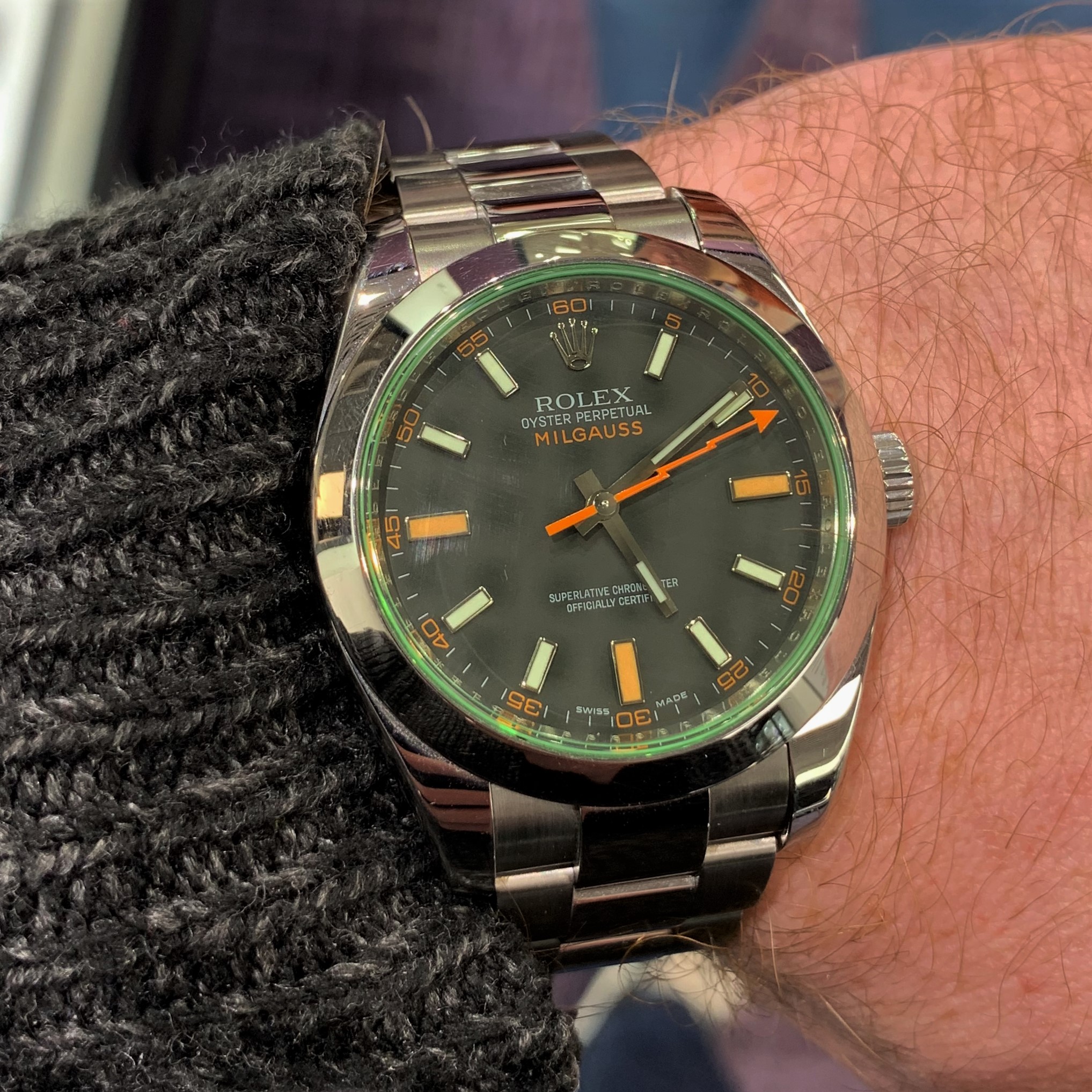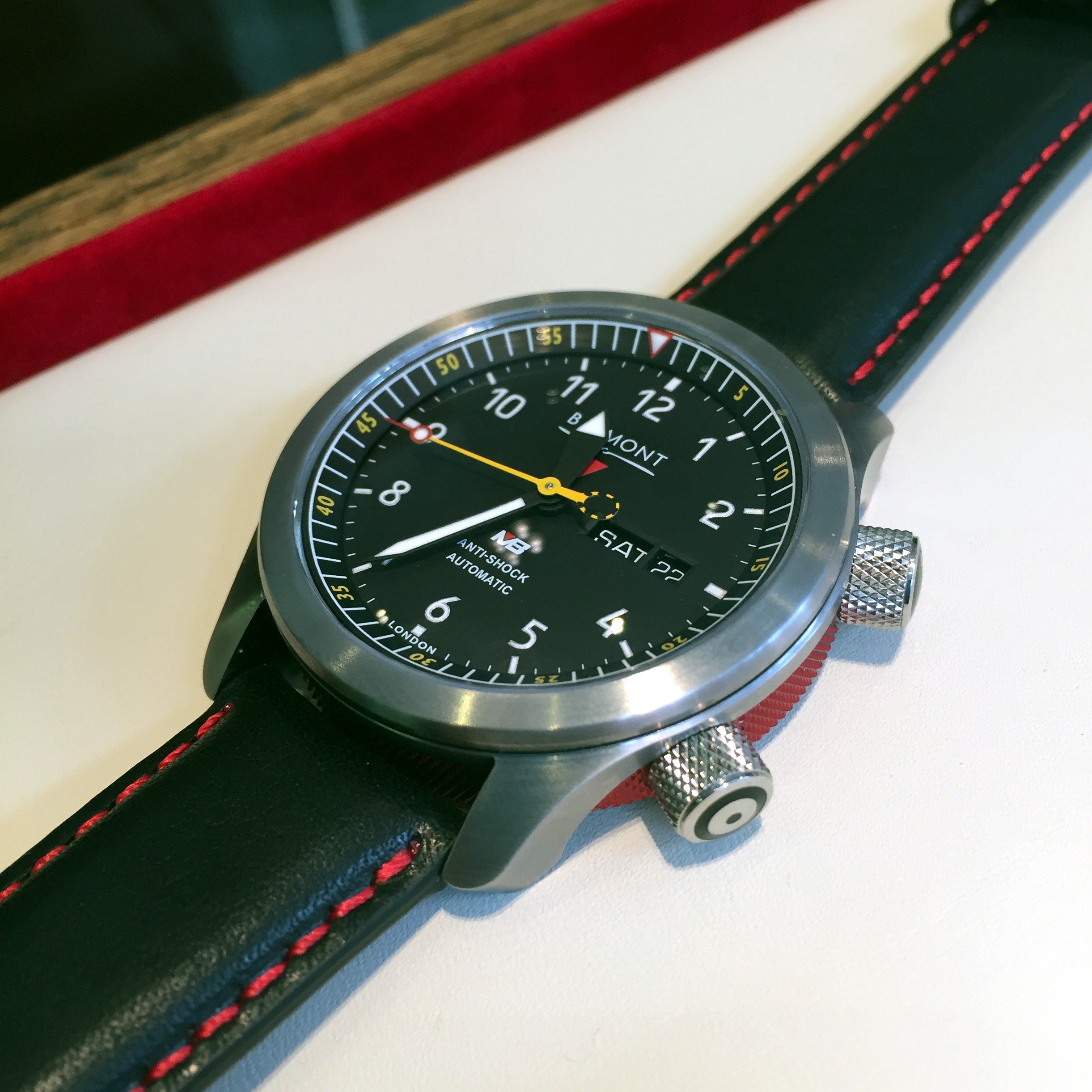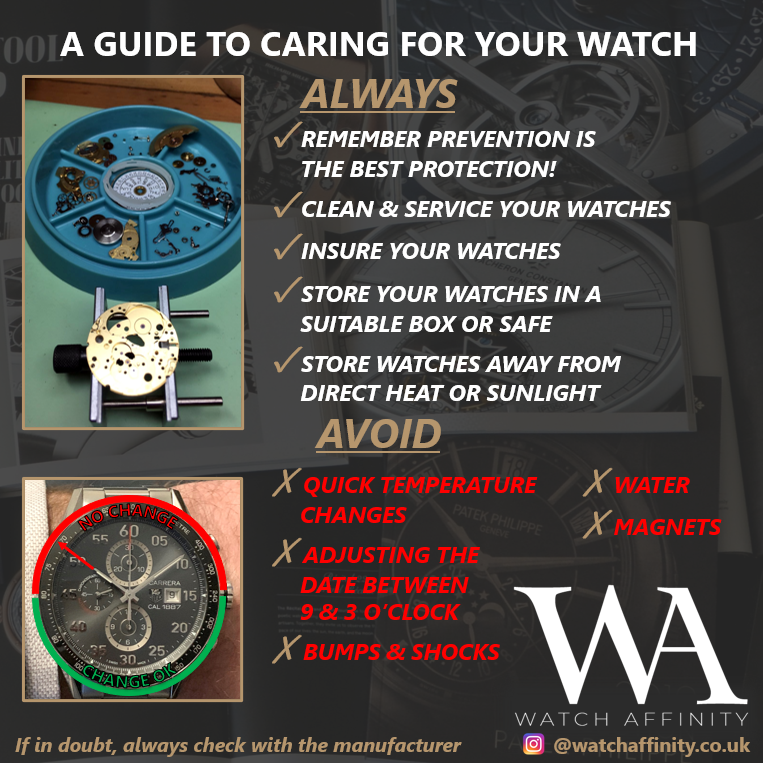Looking after your luxury timepiece
One of the beautiful things, in my opinion, about having a luxury watch is the fact that if they are well looked after, they can outlast their owners. A cursory search of the vintage watch market today will, very quickly, turn up a multitude of timepieces that in some cases could be over 100 years old. After all, there is a reason why Patek Philippe’s famous advertising slogan “You never actually own a Patek Philippe. You merely look after it for the next generation” is so widely known! In this guide we aim to cover off how to care for your watch collection and keep each piece in the best possible condition over the course of its life.
For me, the first point of note would be to employ common sense. For example, it is obviously not a sensible decision to wear an elegant dress watch to a stag party! When it comes to protecting your watch, prevention is always going to be the best approach, and so it would always be wise to consider what you are, or could, end up doing of a day and choosing your watch accordingly.
However, watches are made to be worn and loved. When you do wear your watch, there are some simple considerations to keep in mind.
Firstly, and one of the most common causes of problems, is considering exposure to water and the water resistance rating of a watch. We have previously looked at watch water resistance ratings and what they mean here, a rule of thumb suggesting it would not be advisable to swim with anything less than 100m water resistance rating. Alternatively, as above, with prevention being the best approach to protecting your watch, avoiding getting your watch wet altogether will always be the safest option. If you do decide to wear your watch when swimming, it is always a good idea to rinse it off afterwards in a sink, especially if the watch has been subjected to salty or chlorinated water.
Another hugely detrimental environmental factor is exposing a watch to magnetism which can damage the escapement in the watch and cause the timekeeping accuracy to dissipate. As such, you should avoid placing the watch on things like speakers, mobile phones or tablets, and even next to a humble fridge magnet. Whilst it is true that some specialist watches are designed with resistance to magnetism built-in, such as the Rolex Milgauss, personally I would still avoid exposing the watch to any magnetic fields.

Rolex Milgauss
You should of course avoid the watch coming into contact with any chemical compounds, and where possible avoid subjecting it to rapid changes in temperature – I once spoke with a watchmaker who told me about a client who kept returning with moisture in their watch and they couldn’t understand why. It transpired that the client was a frequent flyer, and would adjust the time on their watch whilst still on the aircraft – the issue was that the moisture in the air on the aircraft would enter into the watch as they adjusted the time, which was then exacerbated by the rapidly changing temperature as they disembarked the aircraft! When they stopped changing the time on the aircraft, the problem went away… the advice here being to only change the time on your watch once you reach your destination.
Finally, of course, you should always try not to knock your watch or subject it to any harsh shocks, including wearing it for any impact sports such as golf or tennis, or worse still, drop it as any knocks will cause premature wear and tear on the sensitive inner workings of the watch. There are of course specialist watches that are designed to be shock resistant, such as the Martin Baker collection by Bremont which can withstand the forces of being ejected from an aircraft in an ejection seat, the safest approach is always not to risk it.

Bremont Martin Baker MB1
So, if these are some ways to take care of your watch in everyday situations, how can you take care of your watch in storage?
You should think carefully about where you want to store the watch when not wearing it – leaving it on the kitchen counter or on the windowsill are likely going to risk exposing the watch to unnecessary knocks, changes in temperature and dust. Many watches come with a well-made presentation box which is an ideal storage solution, although as many watch collectors will have more than one timepiece, there are hundreds of multi-watch boxes and watch storage solutions on the market.
Whether in or out of a watch box, luxury watches should ideally be kept at consistent room temperature and away from any heat source such as the sun or a radiator, as the heat can cause the lubricating oils in the movement to dry. Another reason to keep watches out of the sunlight is that continued exposure can cause the colour on a watch to fade and age them before their time.
It is also prudent to consider a home safe, which can be a wise investment for storing your watches, along with making sure they are adequately insured – it is worth checking with your home and contents insurance as depending on your insurer and policy it might be as easy as adding each watch as a listed item.
You should also take the time to clean your watch and ensure that it is serviced properly, and by the right people.
The ways in which you clean your watch should take into consideration how water resistant it is. For timepieces with little water resistance, the best approach would be to clean it gently with a soft cloth for cleaning jewellery and remove the dirt that accrues over time. For watches with adequate water resistance ratings, it is possible to use soapy water with a soft-bristled toothbrush.
A mechanical timepiece is a complicated thing and any dealing with the inner workings should be left to the professionals. Luxury watches should be serviced around every 3-5 years, and this should always be entrusted to an authorised entity, ideally directly with the manufacturer who will be able to provide the best level of servicing to your watch. This service will almost always include a full polish, which requires the movement to be taken out of the case to achieve the best results. There are many unauthorised individuals who will claim to be able to service your watch for a cheaper price – this should be avoided as it can void the warranty and you could end up in a worse situation.
There are some other less obvious ways in which you can cause damage to a watch.
Firstly, never change the date when the time shown is between 9 and 3 o’clock. There is a 50% chance that the time shown is between 9pm and 3am (as opposed to 9am and 3pm) – changing the date manually during this time can damage the movement as the calendar finger is in contact with the calendar wheel, and a manual advancement can bend and damage the finger component.
The best way I find to set the date is to advance the hours and minutes hand to between 5 and 7 o’clock, advance the date using the quick set mechanism to yesterday’s date, and then wind the hours and minutes onwards to set the current time, so you can allow for the correct am or pm setting.
This same principle applies to any complication – setting it incorrectly can cause damage to the movement. This is easily avoided by understanding how your watch works and reading the manual for steps on how to set the complication.
Finally, whilst it can often be tempting to wind or set your watch when it is on your wrist, this should also be avoided as this can accidentally pull the crown out, apply an angular pressure to the crown when winding it, or even cause the watch to over-wind. Taking the time to remove the watch to wind it enables you to feel the resistance as the watch is wound, and either pull out or wind the crown at the correct angle.

Hopefully you have found this a useful article for ideas on how to care for your luxury watch; ultimately you should always refer to the manufacturer’s guide if ever in any doubt.
In summary, our top tips for caring for your watch would be:
1. Prevention is the best protection
2. Watch out for environmental factors, avoiding exposure to water and magnetism
3. Take care not to knock or drop your watch
4. Store your watch(es) in a suitable box
5. Avoid extremes of temperature or direct sunlight
6. Protect your watches with a safe and/or adequate insurance
7. Clean your watch regularly
8. Service your watch in line with manufacturers’ recommendations
9. Take care when setting complications
10. Take your watch off to wind the crown or set the time
If you have any questions, please get in touch via our Contact page, or via our Instagram.
You might also be interested in:
As an Amazon Associate, I earn from qualifying purchases – thank you for your support

